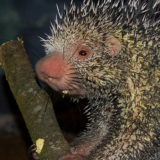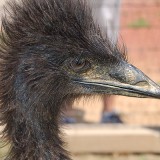Scientific Name
Parrotia persica
Origin
Native to northern Iran and into the Caucasus Region (the area between the Black Sea and the Caspian Sea currently occupied by the countries of south-central Russia, Georgia, Armenia and Azerbaijan).
Habitat
Found in areas of full sun to partial shade. Needs slightly acidic, well-drained soil. Will not tolerate wet conditions. Somewhat drought tolerant. Tolerates urban air pollution.
Growth Nature
Grows to a height of 20 to 40 ft. with a spread of about 20 to 30 ft. In landscape it tends to remain a small, deciduous tree or a large multi-stemmed shrub up to 15 ft. tall. Generally grown for its colorful foliage which ranges in color from shades of yellow, red, pink, orange to bronze.
Point of Interest
- A relative of Witch hazel.
- Has showy bark that peels and provides winter interest with alternating colors of green, white and tan.
- Also known as Persian Ironwood due to its dense, hard wood.
- Excellent small tree for the lawn or street. Used as a specimen plant, foundation plant or shade tree near a patio.
- The Genus Parrotia was named after German naturalist F.W. Parrot. The species name persica refers to its origin in Persia.







